WHY YOUR PRAYER PLANT IS DYING
The Challenges of the Marantaceae -- Or why your overly-sensitive Maranta, Calanthe, Ctenanthe, Goeppertia, and Stromanthe don’t like you
There are hundreds of plants called “prayer plant,” based on the habit of a few species of folding their leaves up at night, a physiological process called nyctinasty, which is driven by light and temperature changes. The stereotypic, old-fashioned prayer plant is Maranta leuconeura. It’s been followed by dozens of cultivars (= “varieties”) of itself and, more recently, dozens of other species of the family Marantaceae, all with stunningly beautiful leaves and some with the praying behavior.
Although many indoor plant gardeners have found Maranta leuconeura to be exceptionally agreeable (generally with benign neglect), most others have found the members of this family to be easily offended. They do have their sensitivities; they’ve never been considered one of the easiest of house plants. Let’s take a look at a baker’s dozen of what makes them cringe.
1. Improper or Insufficient Transitioning
Prayer plants and kin are tropical plants grown commercially in greenhouses with an abundance of coddling: humidification, perfect temperatures, drip lines to each plant, in-line fertilization, and specialized circulating fans that keep the air moving gently. And all automated by computer. The environment of your house isn’t the same. The concept of “hardening off,” that which is applied to newly-grown seedlings to progressively condition them to the harsh outdoor climate, should be expected and applied here (except you’re not putting them outdoors). As much as any “house” plant and more than almost all, prayer plants need to be coddled at the beginning while slowly moving them and their care to a less pampered condition. Unless you have a computer controlled greenhouse, that is. A good majority of failing prayer plants that I’ve seen were doing some serious woe-is-me within the first two weeks of moving in.
2. Too Little Soil Moisture.
Although usually not the issue (most house plant gardeners overwater), the watering schedule seems to be trickier with this group. They like “moist,” not soggy soil.
3. Too Much Moisture.
Let the soil surface dry just a bit. Depending on pot size and size and age of plant, that could mean a dry surface down ¼-inch to 1 inch. Don’t water by the calendar. Watering every Sunday may be too much, it may be too little.
4. Pot-bound.
If you need to water twice a week or more, it may be that it’s time to repot your probably rootbound plant. And congratulations – you were able to grow your plant to a size that causes rootboundness.
5. Uneven Watering.
Another moisture-related problem that is slightly more nuanced is uneven watering. Uneven schedule, uneven application. Soak the pot and whole root ball when you do water with enough water so that excess comes out the bottom of the pot. Monitor your plant (this one and all the others, actually) regularly to help keep the watering “regular.”
6. Poor to No drainage.
Make sure water is allowed to leave the bottom of the pot and that excess, drained water doesn’t sit where it’s touching the drain hole or higher on the pot. Providing a large saucer – one that matches the diameter of the top of the pot is ideal – with a ¼-inch-plus layer of decorative gravel is the way to go. A pot with no hole in the bottom or a pot with a hole in the bottom but sitting inside another, non-holed pot (a decorative one that matches the drapes, for instance), are the worst.
7. Root Damage.
Caused by over watering (most common), underwatering, dry-wet-dry, diseases, pesties (watch for fungus gnats).
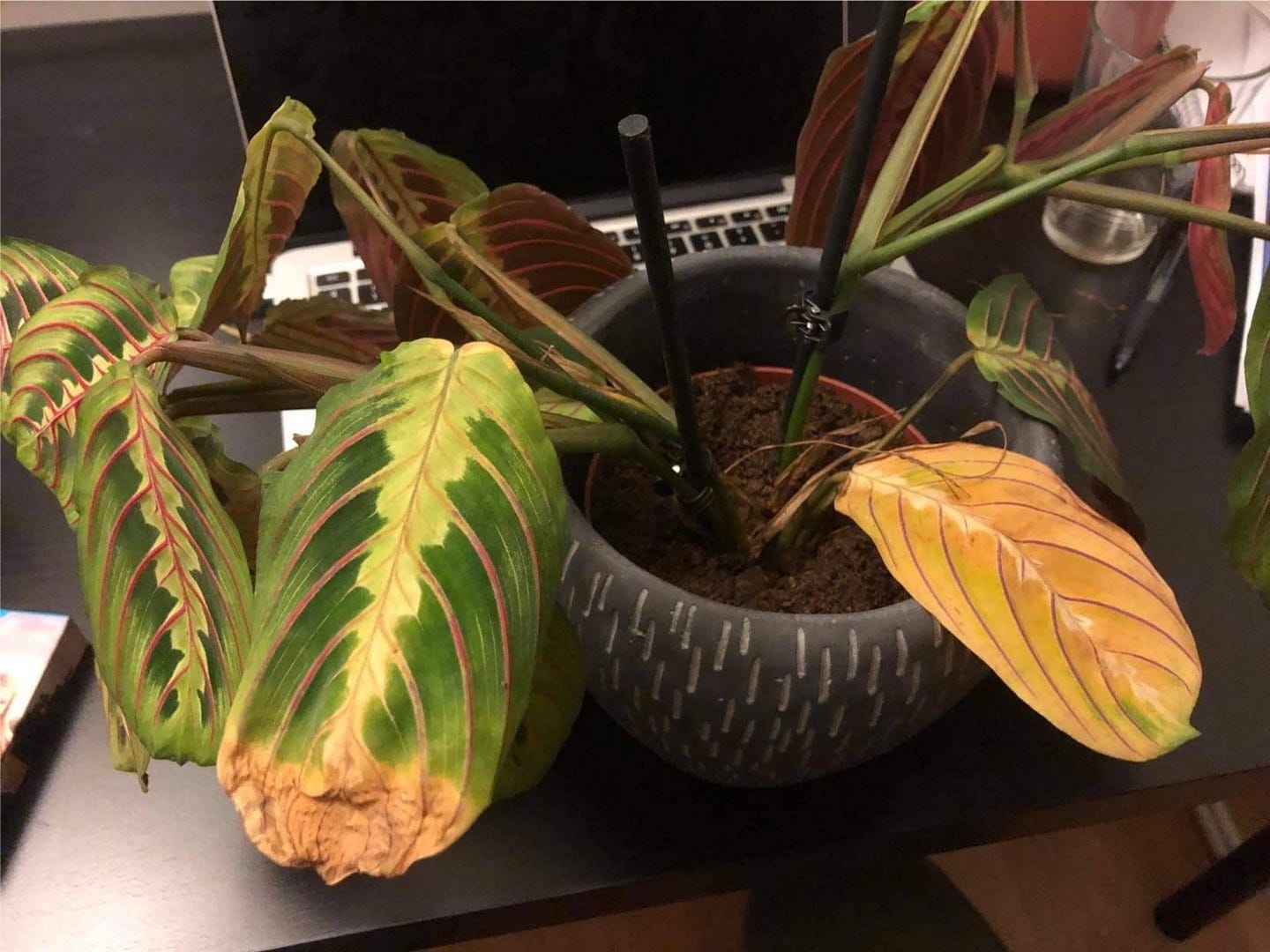
8. Impurities in Water.
This is the common “mystery” cause of discolored, “wet”-looking leaf tips. Do you have hard and/or chlorinated/fluoridated municipal tap water, or hard well water? Use filtered water (not from a salt-fed soft-water device!) and let it sit for 24 hours.
9. Cold Water.
Let your plant water sit until its room temperature before using. A bonus of letting a jug of filtered water sit for 24 hours.
10. Buildup of Fertilizer Salts.
Synthetic house-plant fertilizers are notorious for this. Especially don’t use those blue-granular formulations and probably many of the other liquid house plant foods. Best to go with something slow release.
11. Low Humidity.
In severe cases, will symptomize itself with browning leaf edges (not necessarily leaf tips). Misting doesn’t help. Group the plant with other houseplants. Set the pot on a saucer with pebbles (mentioned under “poor drainage”) and keep the saucer filled to ALMOST the top of the gravel (no higher) with water. Use a “humidity tray.” Build a mini-greenhouse. Maybe your plant (and you?) need a humidifier.
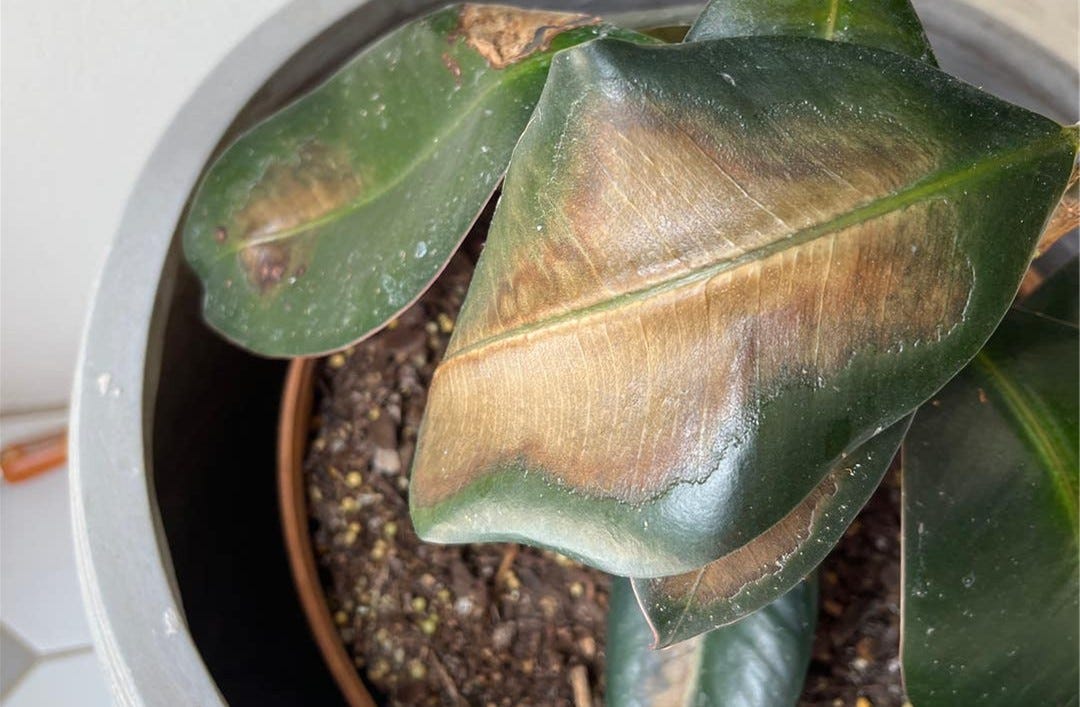
12. Too Much Direct Sun.
They like indirect medium to bright light. Nothing direct. Too much sun causes “sunburn” which is characterized by faded to yellow to brown blotches throughout the leaf as a whole versus just on the tips (the mystery chlorine/fluorine/hard minerals thing).
13. Temperature Extremes.
A temp range of 65°F to 80°F is the optimum. Avoid cold/drafty areas (near windows, doors, some exterior walls). Avoid hot (and dry) areas (fireplace, heater vent?).
A lot to consider? Yeah. I suppose that’s the point of this article. Again, some have found them to be “easy.” And yet too many others not so much. But I’m assuming, because you’re here, you’re a dedicated houseplant devotee or at least someone up for a challenge, in which case, this is an eye-catching family of foliage plants that add a touch of class to the home decor. They’re certainly worth the extra-extra effort.
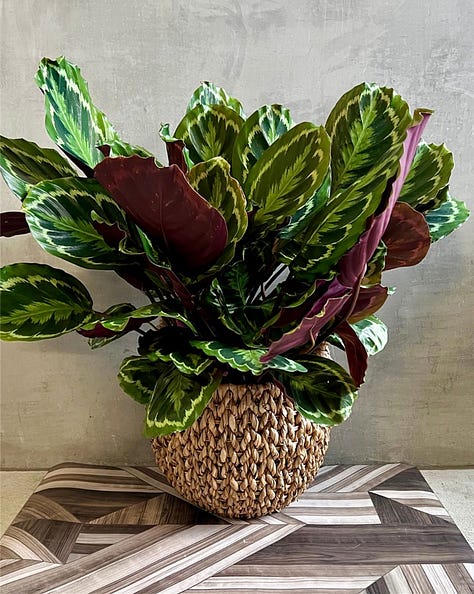
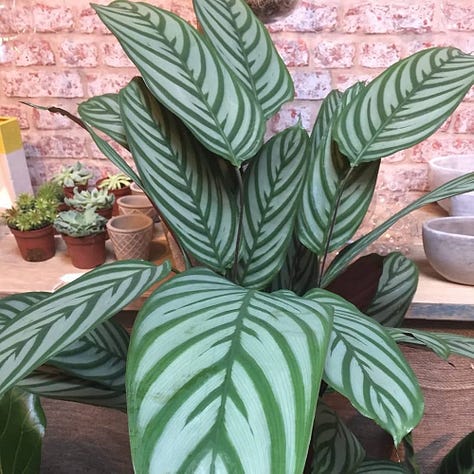
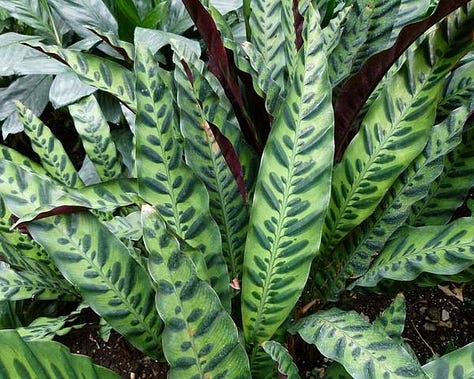
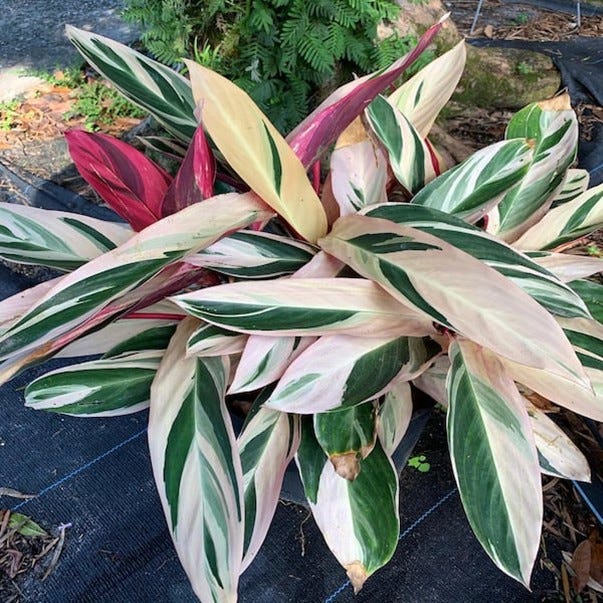

© Copyright, Joe Seals, 2025


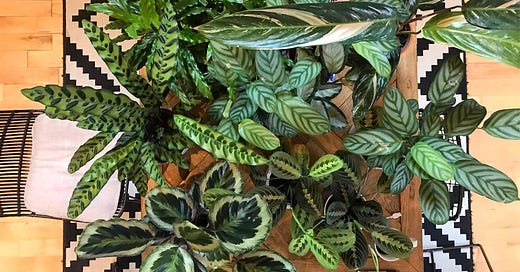


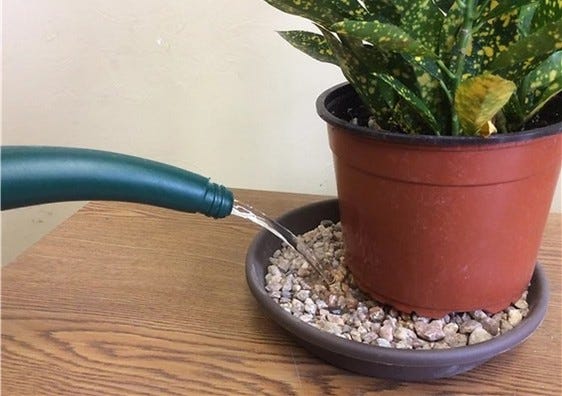
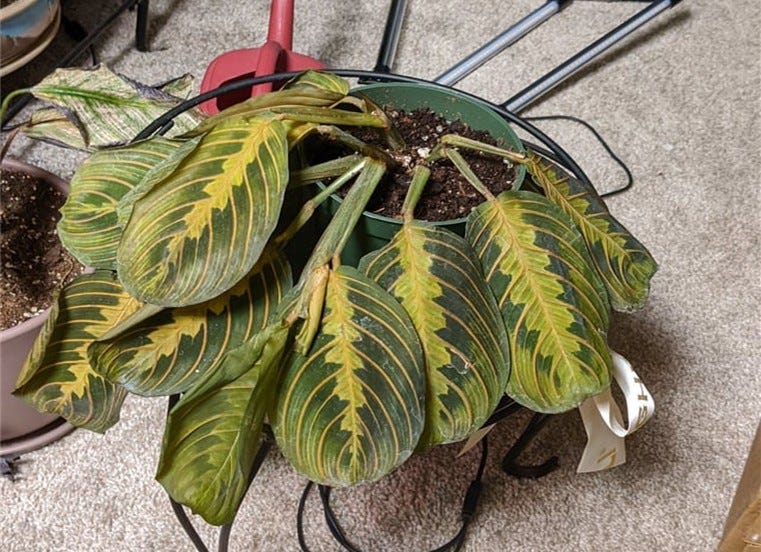
I have been very lucky with my maranta. I read up on care tips, so use filtered water. But it's in a beautiful elephant shaped pot with no drainage and spends most days in a fairly sunny spot filtered by a lilac bush. The only pest it suffers is my cat chomping its leaves!
I have two I recently acquired... and yes, trying to read their leaf signals... thank you for this!